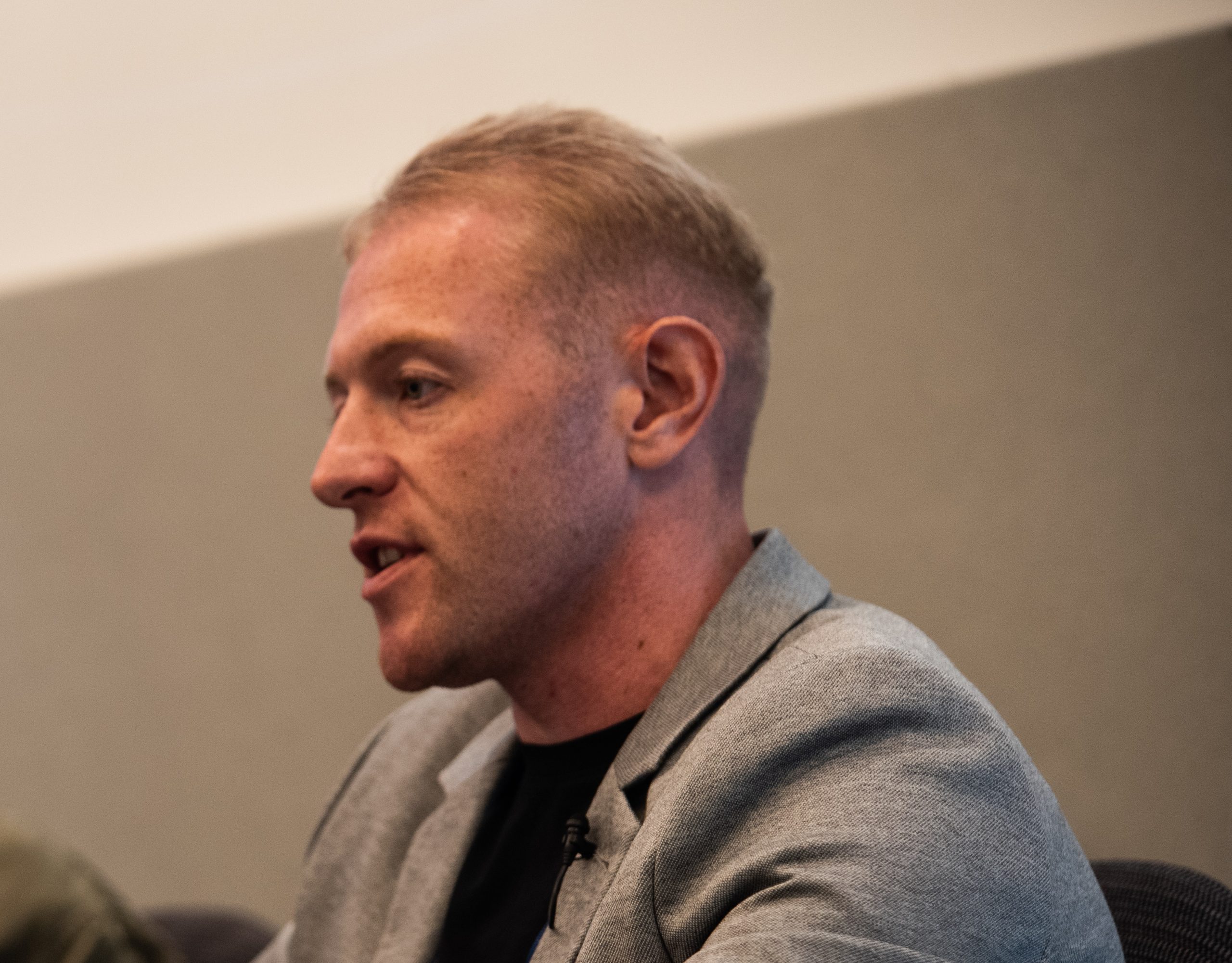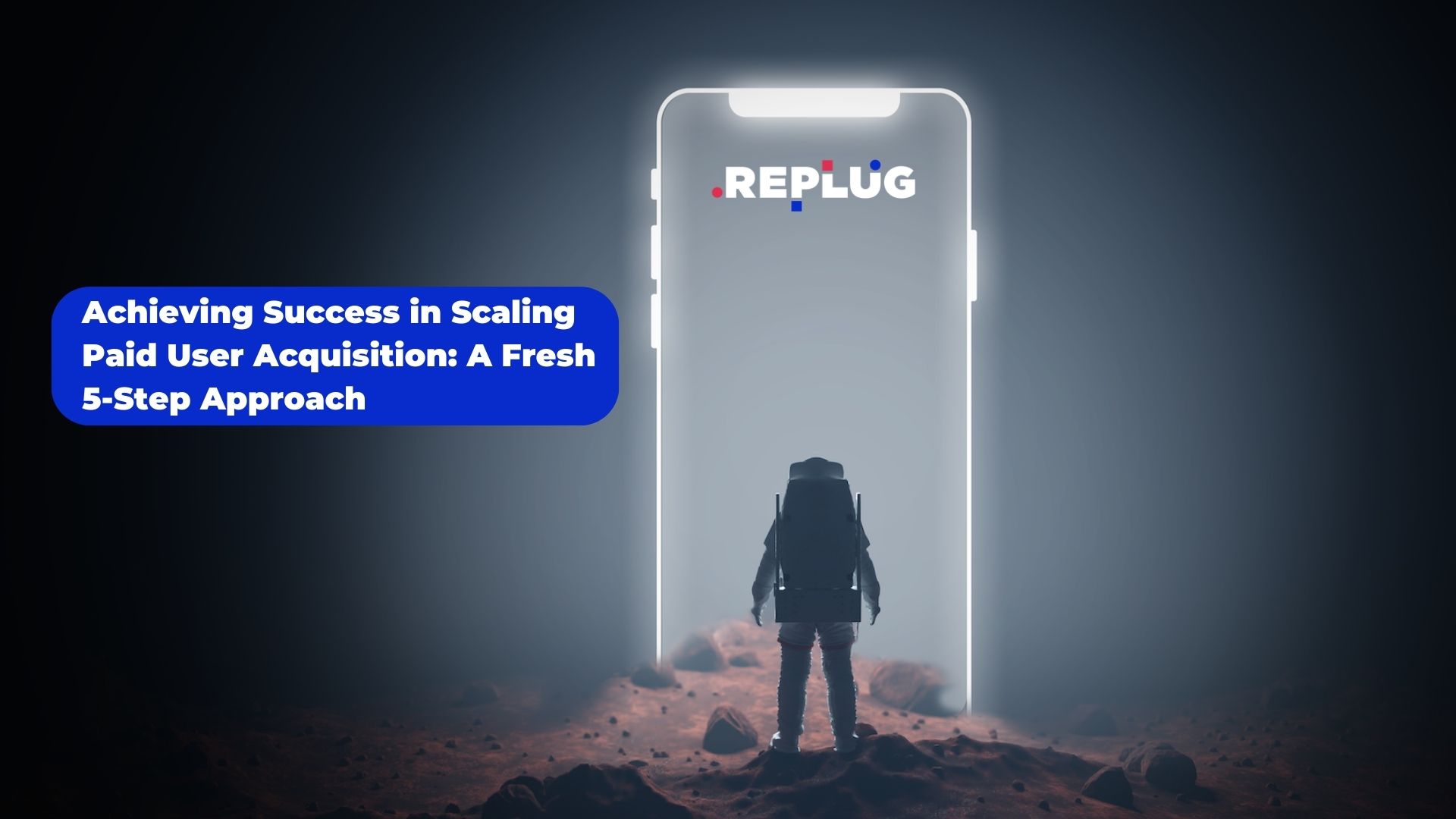Love Island, TV and the power of the second screen
- Thursday, August 1st, 2019
- Share this article:
Jo Kinsella, chief revenue officer & executive vice president at TVSquared, dicusses why advertisers need to couple up TV and digital
 Digital ad spend is on an upward trajectory, expected to reach a height of £14.73bn in 2019. As a result, many advertisers believe digital platforms present them with greater opportunities, from innovative ad formats to wider consumer engagement – especially on mobile – all stemming from more accurate insights.
Digital ad spend is on an upward trajectory, expected to reach a height of £14.73bn in 2019. As a result, many advertisers believe digital platforms present them with greater opportunities, from innovative ad formats to wider consumer engagement – especially on mobile – all stemming from more accurate insights.
However, advertisers shouldn’t discount TV. Hit shows such as Love Island present advertisers with opportunities to drive engagement, especially with a valuable demographic of 16- to 34-year-olds. The popularity of the show led ITV to beat forecasts of a six per cent drop in total advertising revenue this year. Thanks to TV’s ability to provide unmatched reach to over 89 per cent of the UK population, advanced TV is increasing in popularity with advertisers. But it is not a question of either or. Both TV and digital are valuable tools in the advertising playbook and brands can actually achieve more when they stop viewing these two platforms as separate entities.
Broadcasters recognise the value in this strategy and given the announcement of an additional winter series for Love Island starting in 2020, now is the time for brands to capitalise – coupling TV and digital to cash in on viewer’s mobile response.
TV and digital are complementary, not competing
The rise of the second-screen trend has resulted in TV becoming the primary driver of search and mobile engagement. This phenomenon is an established habit where consumers use secondary devices – most commonly mobiles, but also laptops, tablets and recently smart speakers – while watching TV. After an ad spot has aired, viewers respond digitally and engage with brands through web searches, social media or app downloads, providing advertisers with greater cross-channel opportunities to maximise reach and increase return on investment (ROI). The Sun newspaper piggybacked on the success of the ITV reality show and saw traffic rise 11 per cent during ad breaks either via search or the publication’s Love Island WhatsApp account. Diet Coke also took this opportunity to develop its ad campaign by embedding interactive polls and predictor games into those stories.
But to successfully optimise TV to drive the best possible response rates, brands need the ability to attribute activity to specific aspects of their campaigns. By knowing the most effective elements, advertisers can then make in-flight changes or use these insights to inform future media strategies. For maximum impact via Love Island, creatives that reflect the current season’s idioms – Ovie Soko’s “message” rather than the typical “I’ve got a text” – will ensure the brand message is viewed as contextually relevant.
The combined effort
For many advertisers, the primary business outcome is to maximise ROI. As a result, the pressure is on for brands to find the winning formula that brings together the strengths of mobile and TV campaigns. Instead of spending huge amounts to continuously dominate search results, savvy marketers are leveraging TV to drive qualified search traffic and finding ways to combine digital and TV strategies.
This builds on the boom in the number of consumers who use second screens while watching TV and is an effective strategy to drive online response (i.e. search, site traffic, registrations, etc.), with mobile driving 50-70 per cent of TV responses, according to a recent DTC study.
By implementing a rapid conversion path, for instance, through a mobile-optimised website, advertisers can ensure audiences have a streamlined route to engagement. This strategy offers longevity in a cross-channel campaign’s effectiveness, as brands can also aim to retarget these consumers at a later stage.
Fine-tuning for optimal results
TV remains a driving force in advertising, but smartphones and the rise of second-screen activity has resulted in a shift in the market, and assisted in making TV more performance-driven. Advertisers need to acknowledge this change and refrain from pitting the two against each other – instead, they must couple both mediums to their full potential. The trick is to understand TV’s impact on digital response and leverage mobile as a way to bring these two channels together.

















